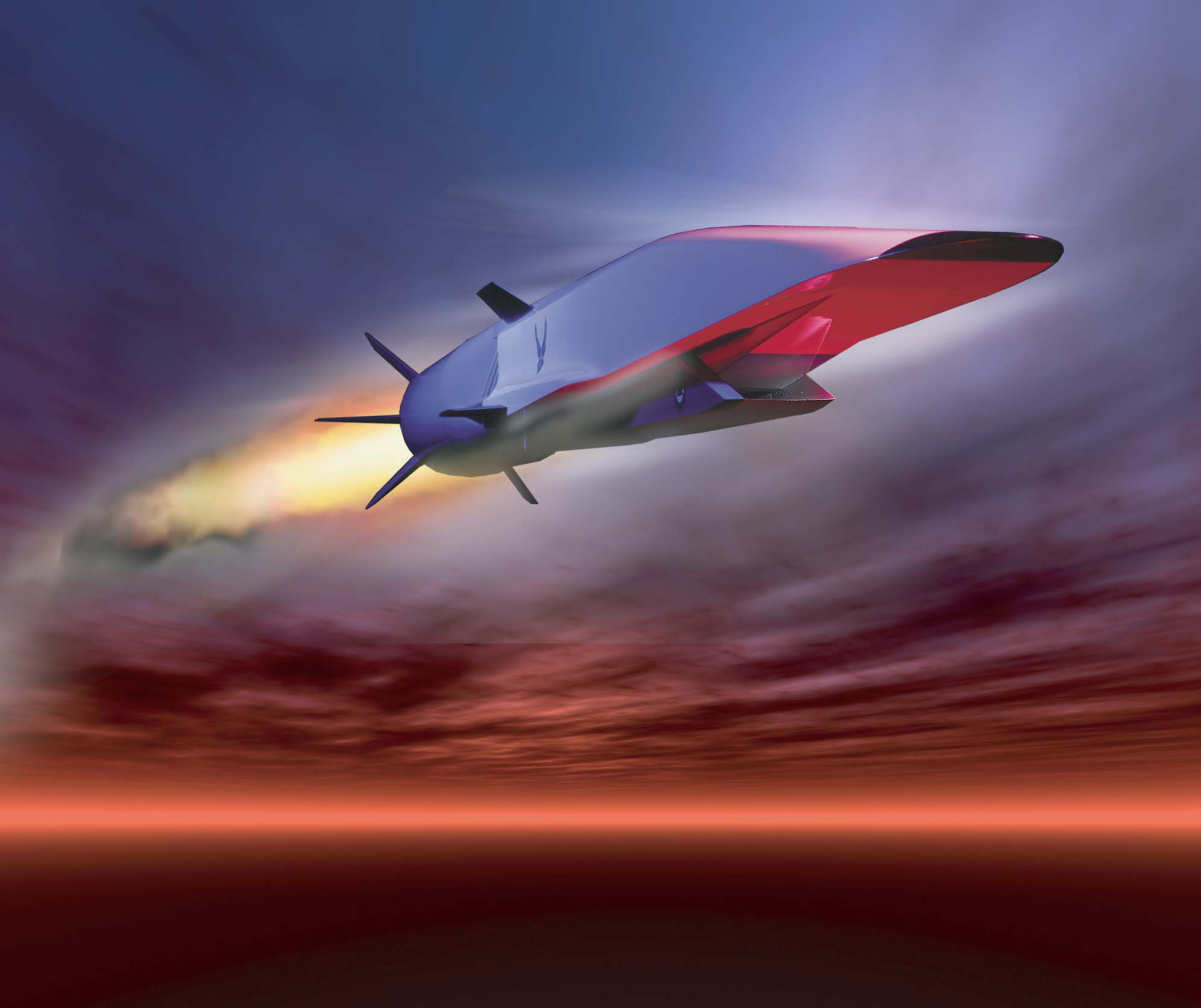Beware Indestructible ‘Hypersonic Missiles’

Credit to Author: David Axe| Date: Thu, 05 Oct 2017 15:00:00 +0000
New types of missiles flying faster than five times the speed of sound pose a unique threat to the global balance of power, and the leading military powers should work together to stop their spread.
That’s the conclusion of a new study from the RAND Corporation, a California think tank that works closely with the US military.
“Hypersonic missiles … are a new class of threat because they are capable both of maneuvering and of flying faster than 5,000 kilometers per hour,” RAND cautioned. “These features enable such missiles to penetrate most missile defenses and to further compress the timelines for a response by a nation under attack.”
The think tank noted that the United States, Russia, and China are all separately developing these speedy munitions, including air-launched hypersonic cruise missiles and “glide vehicles” that are typically boosted to hypersonic speeds by ground-launched rockets.
In 2012, China began using the world’s biggest wind tunnel to test hypersonic vehicle designs. The following year, Russia revived long-dormant fast-munitions programs. The Pentagon has tested several prototype weapons capable of traveling Mach 5 or faster. In July 2017, the US Air Force formally asked the defense industry to propose designs for a new hypersonic missile.
Now other regions and countries—RAND cited Europe, Japan, Australia, and India—have begun to tinker with key hypersonic technologies, which include special engines and exotic, heat-absorbing materials. “Proliferation could cross multiple borders if hypersonic technology is offered on world markets,” the report stated.
To an outside observer, some hypersonic weapons are nearly indistinguishable from nuclear-tipped rockets during their initial phases of flight. A country on alert for an atomic sneak-attack could mistake a non-nuclear, hypersonic weapons-launch for an atomic strike—and strike back with nukes the instant it detected a launch.
“The proliferation of such missiles beyond the United States, Russia and China could result in other powers compressing their response timelines in ways that set their strategic forces on hair-trigger states of readiness—such as a strategy of ‘launch on warning,'” RAND warned.
Russia was sufficiently alarmed by advances in US hypersonic weaponry that, in 2015, it reorganized much of its military specifically to counter future Mach-5 missiles. The reorganization combined the air force and air-defense troops and required them to answer more quickly to the same commanders.
The more countries and armed groups that possess hypersonic weapons, the greater the risk of one of the super-fast munitions triggering a nuclear war. “The unavoidable requirement is for the United States, Russia and China to agree on a nonproliferation policy,” RAND stated, adding that France—an established diplomatic go-between—”could play a key role in bringing other governments into agreement on a broader control policy.”
The counterproliferation effort, which would mirror similar initiatives meant to slow the spread of nuclear weapons, should start with Washington, Beijing, and Moscow to agree to never export hypersonic weapons or components that could contribute to another country’s own fast-missile development.
On the basis of that three-way agreement, diplomats could begin adding other governments to a hypersonics-control regime, RAND advised.
There’s no time to waste, the think tank warned: “There is probably less than a decade available to substantially hinder the potential proliferation of hypersonic missiles and associated technologies.”
Get six of our favorite Motherboard stories every day by signing up for our newsletter.